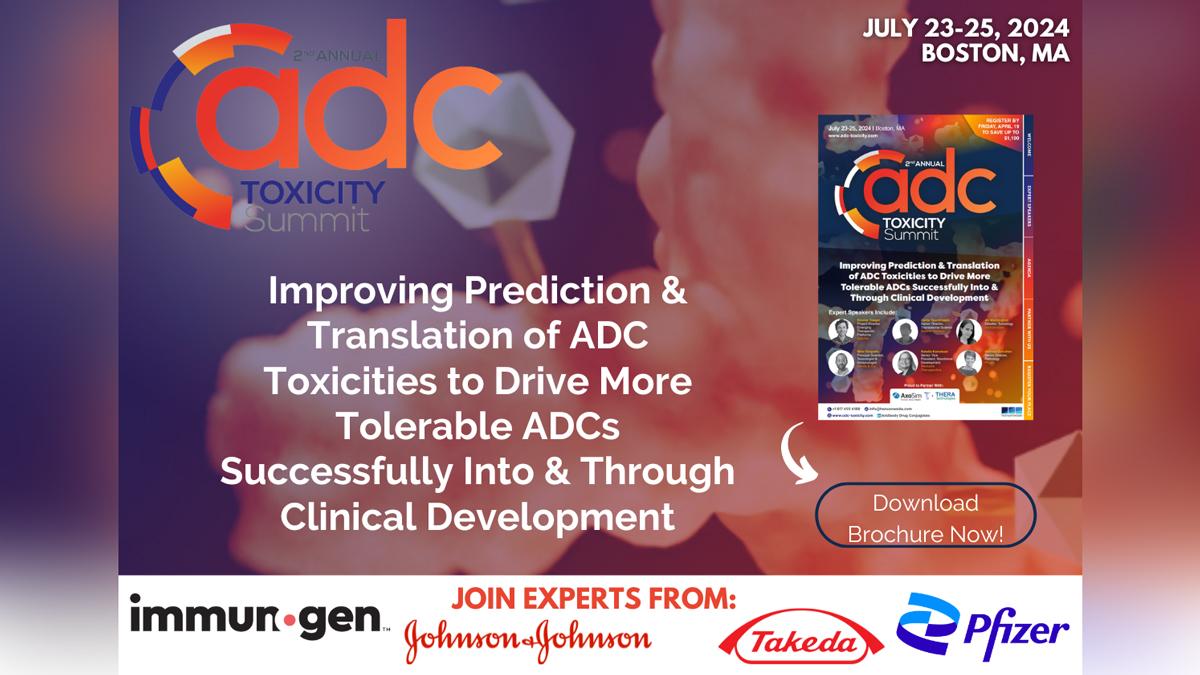The continued questions over new Alzheimer’s treatments

Hailed as a breakthrough after many years without new treatments for Alzheimer’s disease, a new generation of therapies for the condition have not been welcomed by payers. Ben Hargreaves finds that questions over efficacy and safety are holding back reimbursement.
Alzheimer’s disease is one of the leading causes of death in all adults. And as the global population ages, this figure is expected to rise. Estimations in the US predict that the number of citizens living with Alzheimer’s is expected to more than double by 2050. The burden of the disease is enormous, both in terms of the detriment to individuals’ quality of life, and in the expense of providing medical care.
One of the major challenges in effectively treating Alzheimer’s is the lack of understanding of the principal causes of disease progression. The deterioration in those living with the condition has been associated with amyloid plaques and tau tangles, which have been found in the brains of those with Alzheimer’s. However, there have been mixed results when targeting these markers with treatments – as evidenced by the number of failed clinical trials in the area.
A new wave of treatments
This all changed when Biogen’s Aduhelm (aducanumab) became the first new treatment to receive approval for Alzheimer’s in 18 years, by targeting amyloid plaques. However, despite heralding a new era of monoclonal antibody treatments against the disease, the approval was met with controversy and has been a commercial failure for Biogen.
The first issues emerged after the FDA approved the treatment, even though its advisory committee had not voted in favour of the decision. As a result, an investigation was carried out into the process, which concluded that interaction between Biogen and the agency were “atypical” and “inappropriate”.
Biogen then found it difficult to encourage uptake of Aduhelm, as doubts over its efficacy, safety, and an initial price tag of $56,000 per year meant sales for the treatment have been below what the company expected. In response, the company cut the price in half, but the treatment still only managed $4.8 million in sales during the course of 2022. At one point, Aduhelm had been predicted to generate peak revenue of $18 billion per year.
On the back of Aduhelm’s difficulties, Eisai and Biogen quickly followed up by gaining approval for a second Alzheimer’s therapy, priced less than Aduhelm. Leqembi (lecanemab) is an anti-amyloid therapy that demonstrated enough efficacy in phase 3 trials to gain accelerated approval. In research, the monoclonal antibody reduced markers of amyloid in early Alzheimer’s disease, but was also found to be associated with adverse events.
Enter Lilly
After decades with no treatments for Alzheimer’s, it seems that a third treatment could join the roster in only three years. Eli Lilly recently reported data on its Alzheimer’s therapy, donanemab, and the data released showed promise, with half of patients treated showing no evidence of disease progression after one year.
In further details from the study, 35% of patients had slowed clinical decline over 18 months compared to placebo. Patients also had 40% less decline in the ability to perform daily activities, and 39% lower risk of progressing to the next stage of the disease, over the same time period.
This led Alzheimer’s Research UK’s Susan Kohlhaas, executive director of research & partnerships, to state: “This is incredibly encouraging, and another hugely significant moment for dementia research. A second drug for Alzheimer’s has been shown to slow people’s cognitive decline in a rigorous phase 3 trial. We’re now on the cusp of a first generation of treatments for Alzheimer’s disease, something that many thought impossible only a decade ago.”
Lilly plans to release the full results from the trial in July. A spokesperson for the company told pharmaphorum, “Lilly will proceed with global regulatory submissions as quickly as possible, and we anticipate making a submission to the FDA this quarter, with approval expected in the first half of 2024, possibly earlier.”
One of the questions that remains for Lilly is tied to the challenge Biogen has faced in commercialising its Alzheimer’s treatments. In February 2023, the US Centers for Medicare & Medicaid Services (CMS) rejected a petition for wider coverage of Leqembi, effectively restricting wider reimbursement for the treatment.
When asked about the issue, the spokesperson for Lilly responded: “With a ‘high level of evidence’ now available from multiple drugs and multiple studies, the CMS should follow through with their own guidance and reconsider the National Coverage Determination decision to provide appropriate access for this class of treatments upon FDA approval. Because the results of the TRAILBLAZER-ALZ 2 trial deliver direct evidence of clinical benefit with donanemab treatment, we see the Coverage with Evidence Development (CED) studies required by CMS’ National Coverage Determination (NCD) as duplicative and inappropriate for donanemab.”
Is safety a concern?
With Lilly all but expecting an approval, the only barrier that the company could need to pass is the safety data that emerged from the trial. On reviewing the information released, Kohlhaas concluded, “The treatment effect is modest, as is the case for many first-generation drugs, and there are risks of serious side effects that need to be fully scrutinised before donanemab can be marketed and used.”
This concern over the relative benefit-risk ratio of the treatment has been echoed in some quarters after the release of the data. When Biogen and Eisai released data on Leqembi, similar warnings were raised, as the product is delivered with the potential for amyloid-related imaging abnormalities (ARIA) and infusion-related reactions.
In Lilly’s data, the incidence of ARIA was also noted, particularly with two participants’ deaths directly related to ARIA, and a third who died after a serious ARIA incident. Overall, there was a 1.6% rate of ARIA, and an 8.7% rate on infusion-related incidents.
For some, this rate remains questionable for a potential product, as Kohlhaas noted, that provides only a modest treatment effect. After the news on the data was released on Alzforum, Nicolas Villain, a neurology researcher at Sorbonne University, provided commentary on the results: “Overall, these results confirm the efficacy of high-clearance anti-amyloid immunotherapies RCTs in early AD. The size effect remains small after 18 months, and currently available data [does] not allow us to be sure that the benefits will increase over time. On the other hand, risks are not negligible, with fatalities now indisputably related to these drugs and long-term sequelae of serious ARIAs. In my opinion, the risk/benefit ratio of high-clearance anti-amyloid immunotherapies remains questionable.”
In response to discussions over safety, Lilly’s spokesperson stated, “Like many effective treatments for debilitating and fatal diseases, there are associated risks that may be serious and life-threatening. Lilly is committed to better understanding ARIA, which is observed for this class of amyloid plaque targeting therapies, including patient risk factors and potential mitigators to improve patient safety. Accordingly, Lilly has initiated the TRAILBLAZER-ALZ 6 trial to provide deeper understanding of ARIA’s relationship to amyloid lowering as well as patient characteristics that increase ARIA risk.”
As can be seen, despite the clear progress that has been made in finally developing effective therapies against Alzheimer’s, there are still hurdles to navigate in the space. This will include further long-term research to fully understand the benefit-risk ratio over the lifetime of patients. However, for the moment, the treatments are the best options available to those living with Alzheimer’s, and the next question for the entire space could well centre on access to those therapies.













